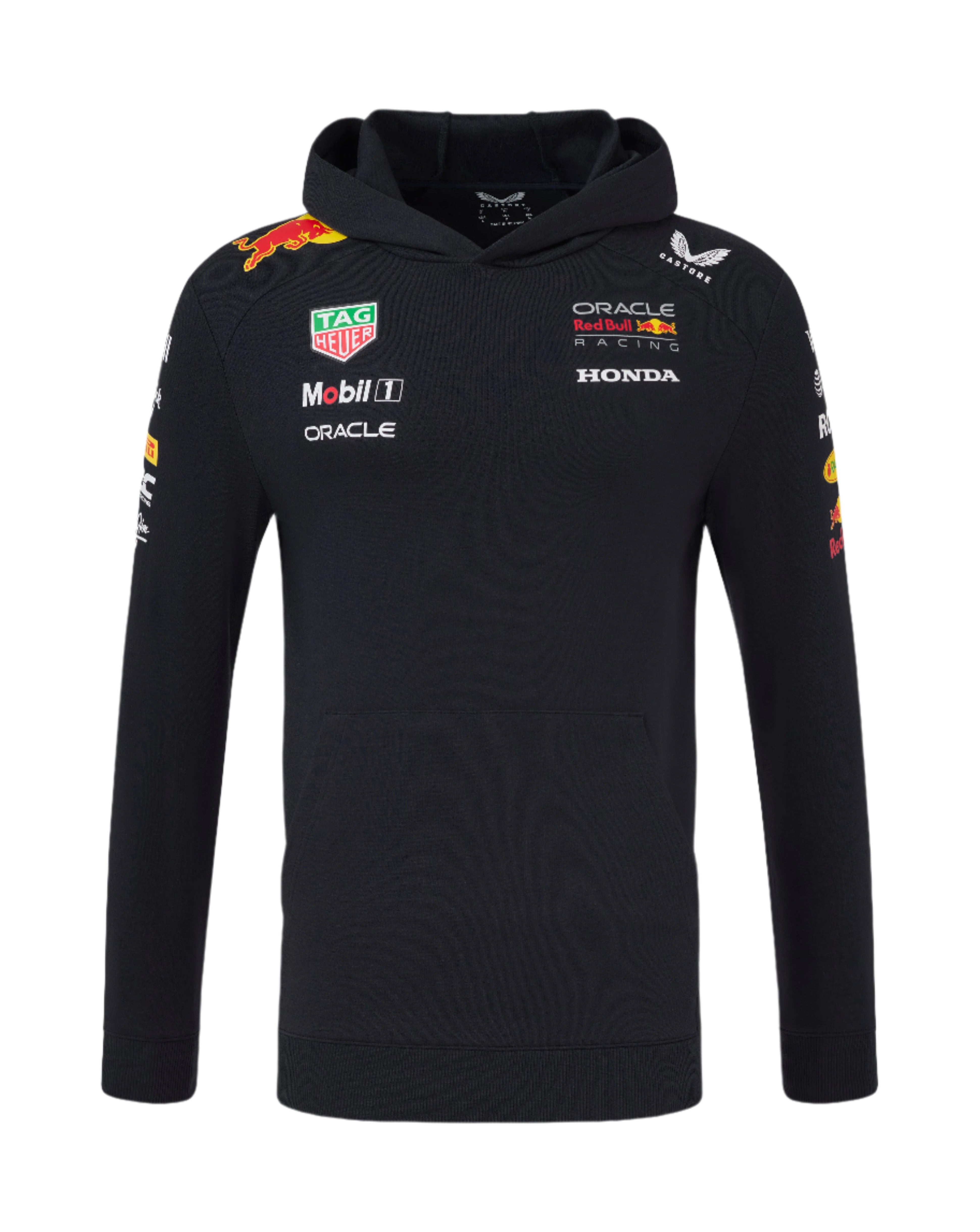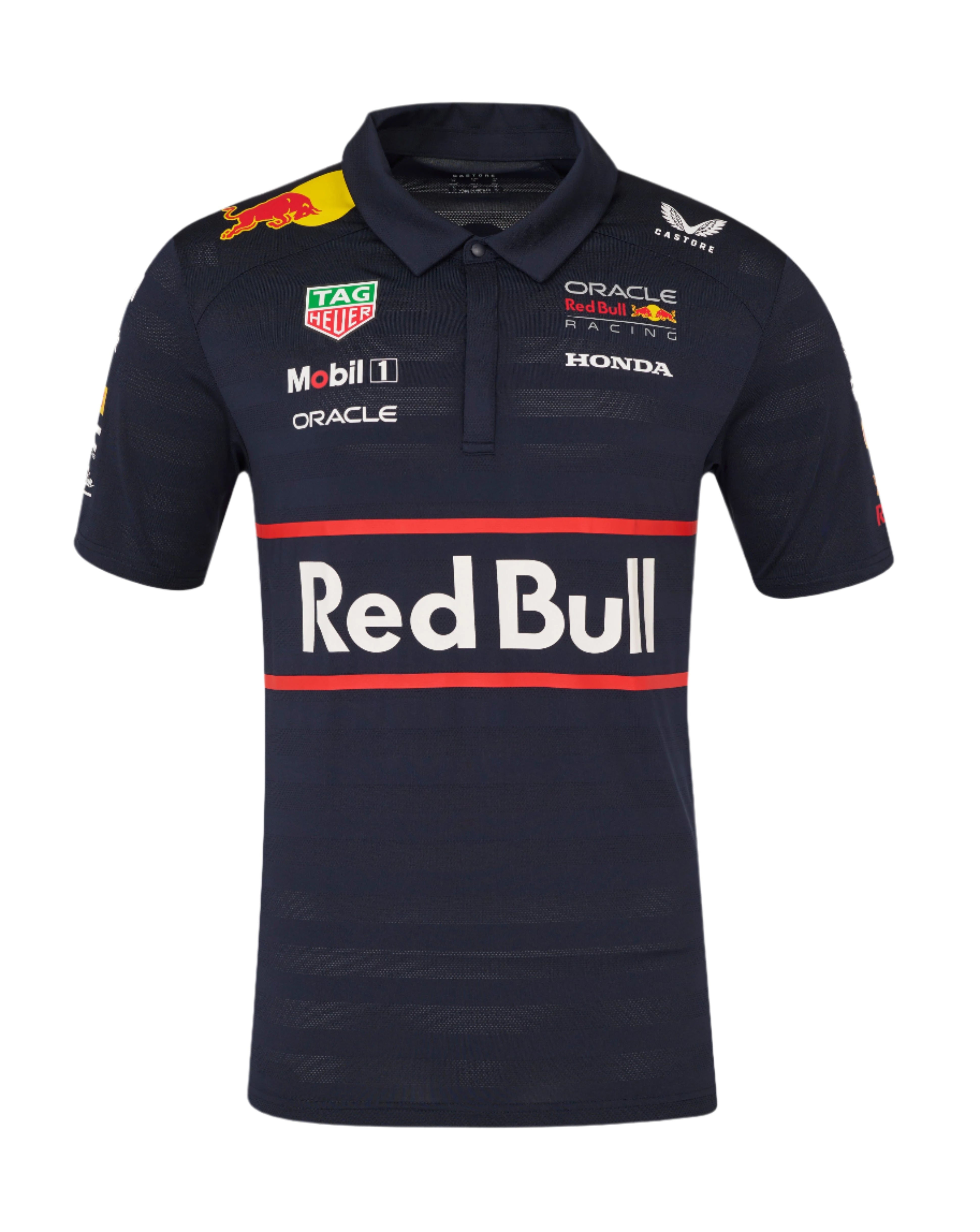Downforce in F1: The King of Formula 1 Physics
If you’re familiar with Formula 1 engineering, there are plenty of physical properties that must be taken into account. Weight, heat, grip, friction, and many other areas of physics are all considered, but none more so than downforce in F1.
Essentially, downforce is created when air moving over the bodywork of the car presses the car down into the track. Downforce provides more grip. More grip typically means you can go faster around a track. Downforce in F1 is so key that teams have heaps of aerodynamics engineers charged with shaping parts of the car to maximize the downforce they produce. Let’s have a look at the parts of the car from front to rear that do all of this work.
Front Wing

The vast majority of the downforce in F1 cars comes from the front wing. Teams will bring newly tweaked front wings to every race of the season in order to get the most out of the car. The front wing also performs a second very important job — directing air to other parts of the car so the air coming over the body work can effectively be used farther back on the car. For instance, the front wing will direct air around the front wheels, cutting down on their drag. The front wing will also direct air down the sides of the car to either side of the driver. Lastly the wing will direct air under the car as well to be used by the diffuser (see below).
The front wing is so important that even the smallest amount of damage to it will cause teams to call in the driver for a replacement. The time needed for a pit stop is worth it because of the time you can lose from the reduction in downforce on the wing.
Barge Boards

Just rearward of the front wing, toward the bottom of the car, are the barge boards. While they provide some downforce in F1 cars, their main job is to focus air around the car so it can be used effectively by the floor and rear wing. Every detail is considered in Formula 1 engineering.
Floor

The floor of the car is just what it sounds like - the bottom of the car. It is actually an aerodynamic element because teams will ensure the body work is as compact as possible towards the center of the car, thus exposing as much of the floor area as possible. This is used to aerodynamic effect to create downforce, particularly just in front of the rear wheels.
Diffuser

One of the key aerodynamic elements from Formula 1 engineering is one you barely even see, called the diffuser. Diffusers utilize the Venturi Effect by shaping bodywork such that air flows from areas of high pressure at the front of the car to low pressure at the rear. That pressure differential effectively sucks the car to the track creating yet more downforce.
Rear Wing

Aside from the front wing, the rear wing is likely the most distinctive piece of bodywork on the car. The rear wing is shaped to provide downforce for the rear wheels and added grip, but also is shaped to assist the diffuser below it in pulling air out from under the car with an expanded low air pressure zone. The rear wing also has a moveable element called the Drag Reduction System (DRS) whereby at predetermined points on the track the driver can open the wing element, effectively reducing the size of the wing and the downforce it produces. This allows the car to go faster and assists with passing.
These aerodynamic elements (and many more) are heavily regulated in the rules, however teams will always tweak their designs throughout the season to ensure their car is as fast as possible. To maximise downforce in F1 cars and gain the most advantage, every fin, wing element, the angle they are at, their shapes, and sizes have been thoroughly tested and are completely intentional.
About the Author:
Jared Nichols has been a Formula 1 fan for a decade and a car nut his entire life. He is the host of the F1 Explained podcast where he and special guests make Formula 1 accessible to all. Subscribe wherever you listen to podcasts.











